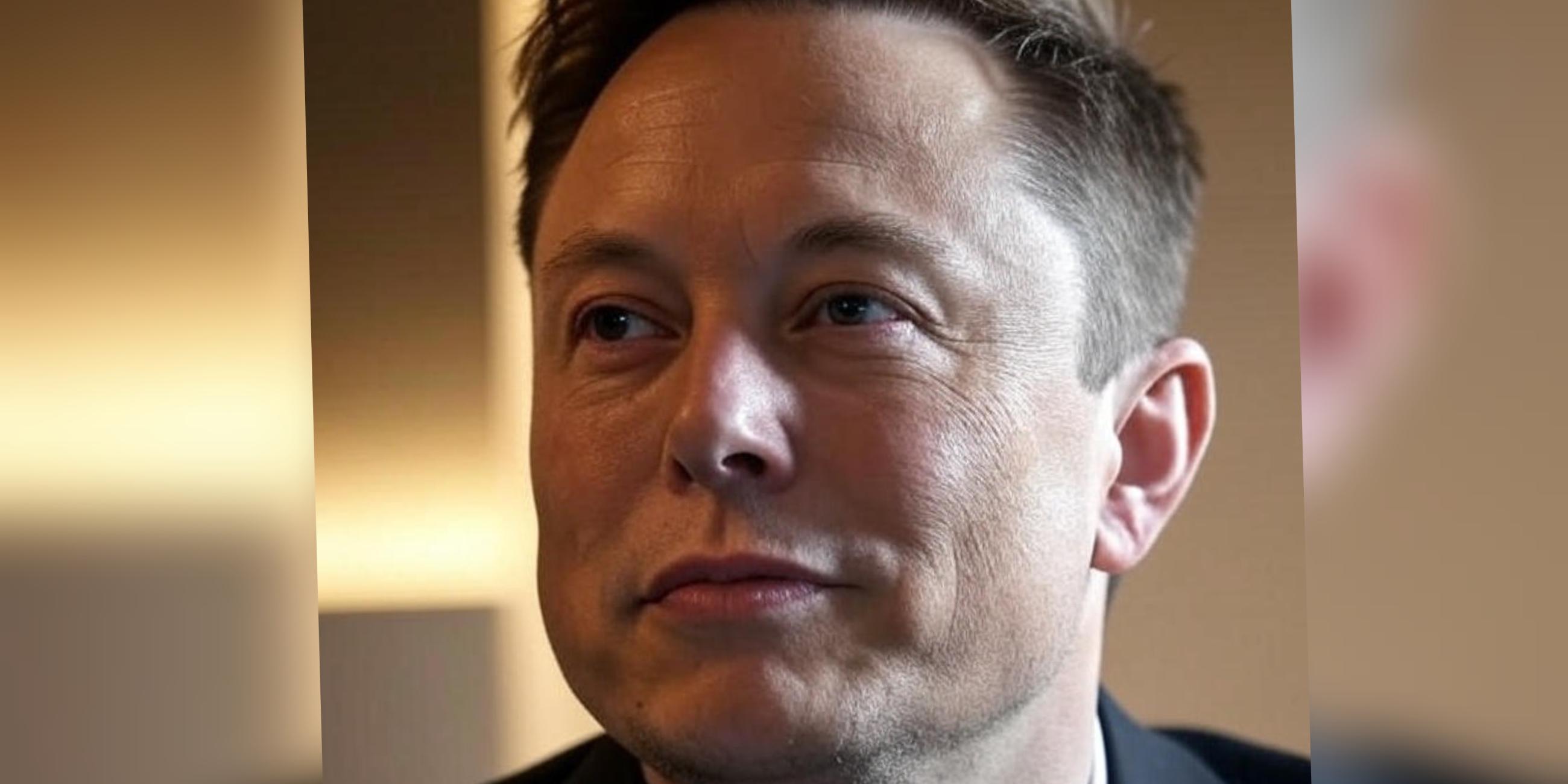💧 The Real Story Behind Water-Powered Cars

For decades, the idea of cars running on water has fascinated the world. From viral videos to bold inventor claims, the concept of a “water-powered vehicle” has often sounded like the ultimate clean-energy breakthrough. But what’s fact, and what’s fiction?
Let’s explore the real history behind water-powered cars — and where science actually stands today.
⸻
🚀 Early Experiments (1800s)
The journey began in the early 19th century. In 1807, Swiss inventor François Isaac de Rivaz designed one of the first engines powered by hydrogen gas — extracted from water through a process called electrolysis. Later, during the steam age, water was also used to create steam-powered vehicles, but these relied on external heat sources, not water itself as fuel. Still, they laid the foundation for alternative propulsion systems.
⸻
⚙️ Hydrogen Takes Shape (1900s)
In the 20th century, scientists began exploring hydrogen as a clean energy carrier. In 1966, General Motors introduced the Electrovan, the world’s first hydrogen fuel-cell vehicle. The technology worked — hydrogen and oxygen combined in a cell to generate electricity, producing only water vapor as exhaust. However, the system was too large, expensive, and complex for everyday use at the time.
⸻
🔥 The “Water Car” Craze (1970s–2000s)
Between the 1970s and 2000s, several inventors claimed to have created cars that could run directly on water. One of the most famous was Stanley Meyer, who in the 1980s said his “water fuel cell” could split water into hydrogen and oxygen efficiently enough to power a car. His claims made headlines, but no credible scientific verification ever followed. Similarly, a Japanese company, Genepax, in 2008 announced a prototype that used water and air to power a car — a claim that was later dismissed by experts. In reality, all these so-called “water-powered cars” violated basic energy conservation laws: it takes more energy to split water than the energy gained by burning its hydrogen.
⸻
🔋 The Real Revolution — Hydrogen Fuel Cells (2000s–Today)
While “water cars” remain a myth, hydrogen fuel-cell vehicles have become a real success story. Cars like the Toyota Mirai, Honda Clarity, and Hyundai Nexo use hydrogen gas (often extracted from water) to create electricity that powers an electric motor. The only emission? Pure water vapor. This means water plays an indirect but crucial role — not as a direct fuel, but as the source of hydrogen, the clean energy of the future.
⸻
🌍 The Road Ahead
Today, scientists and engineers are working on making green hydrogen — hydrogen produced from water using renewable energy — more affordable and sustainable. The dream of vehicles powered by clean energy continues to move closer to reality, just not in the literal “pour water in your tank” way many imagined.








